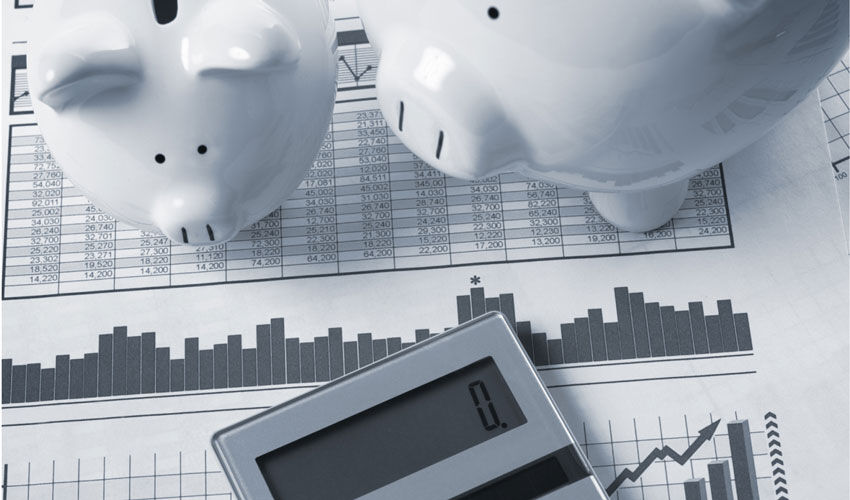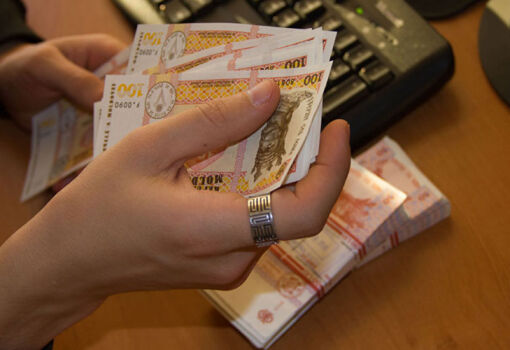
In fact, international reserves already protect the economy from external shocks, helping both exporters and importers to work effectively in conditions of exchange rate stability, without sharp fluctuations. Also in the created conditions with the help of international reserves we can pay for imports necessary for the economy (for example, energy carriers) even when there is not enough currency on the market. Without reserves, foreign trade would be too risky, investors would lose confidence in the country, and uninterrupted supplies of necessary imports would be impossible.
For example, in the event of spontaneous price increases on foreign markets for products we import (such as a sharp rise in the price of natural gas or fuel), it may be necessary to pay large sums of foreign currency quickly. The market cannot always cover this need with the currency available at the time. Moreover, it is becoming an increasingly scarce commodity for the country. Then it is up to the central bank to intervene with its interventions to prevent the leu from falling sharply.
Another example is the panic on the currency market caused by extreme events, such as war. Thus, in February and March 2022, when the country’s population stormed banks’ currency offices and exchange offices to convert their lei into dollars and euros, the NBM provided the necessary currency to the market by selling about $370 million.
Apart from the stabilization role, reserves also have an intermediary role in servicing the external debt. The state receives and counts its domestic revenues in lei, while foreign debts must be paid in foreign currency. Therefore, when the Ministry of Finance repays the external debt, the payments are made at the expense of international reserves. In their hypothetical absence, the state’s failure to fulfill its financial obligations would lead to the deterioration of the country’s rating and the impossibility of obtaining external financing to cover budget expenditures. This is strictly monitored by the main creditor, the IMF.
The amount of international reserves also has a great impact on the country’s reputation. When a country has sufficient international reserves, foreign investors can be sure that the export of capital from the country is possible at any time and without losses, then the decision to import capital is easier for them.
How do I know if foreign exchange reserves are sufficient?
There are several indicators by which the adequacy of international reserves is assessed. These include:
– coverage of at least 3 months of imports of goods and services;
– full coverage of short-term external debt;
– coverage of 20% of M2 money supply;
– covering 100-150% of the sum of: 30% of short-term external debt + 15% of other external liabilities + 5% of M2 + 5% of exports of goods and services.
What are the principles of international reserves management?
The most important is safety and availability! This implies holding only with reliable financial institutions and in low-risk instruments issued by institutions with a very good reputation. Another characteristic of international reserves should be their high degree of liquidity. In other words, their ability to be converted into money quickly and at an acceptable price. For this purpose, the NBM is invested in highly liquid international assets such as freely convertible currencies (in cash or on account), securities in these currencies and monetary gold.
Where are international reserves held?
The NBM keeps its international reserves not in one country or bank, but diversifies its portfolio. Gold bars are kept in the country, while reserves in the form of securities or cash on accounts are kept abroad – on accounts of central banks of other countries, international financial organizations or large commercial banks abroad, as well as invested in foreign securities. Like any investor, the NBM seeks a balance between reliability and profitability. It is not always successful, and not everything depends on us. But if necessary, the NBM can easily access its international reserves held abroad.
Why do we still wait for investments and do not spend international reserves directly, for example, on roads or business financing?
We should remember the sources from which the international reserves were formed – mainly through the NBM’s purchase of foreign currency on the domestic foreign exchange market and through the state’s external loans. When the NBM bought currency on the domestic market, it had already issued a certain amount of Moldovan lei in exchange. Consequently, the currency in international reserves represents the equivalent of Moldovan lei issued to the economy.
When the government obtains external loans to finance, for example, the construction of roads, the borrowed currency immediately enters the reserves. The NBM then issues the equivalent in Moldovan Lei for domestic use in exchange for this currency and gives it to the government.
Therefore, the proposal to use international reserves to finance road construction is tantamount to a proposal to spend the same money twice! There is a proverb – you cannot have oil and oil money at the same time. You cannot have lei and the currency against which these lei were issued.
It is true that some countries have public currency funds that are used for various public needs. The common feature of these countries is very high oil production and export per capita, from which their reserve funds were formed. However, Moldova is not a country that exports natural resources, and over the last 30 years it has not had a trade surplus from which such funds could be formed.







